We’re excited to introduce you to the always interesting and insightful Mo Jiang. We hope you’ll enjoy our conversation with Mo below.
Mo, appreciate you joining us today. We’d love to hear about when you first realized that you wanted to pursue a creative path professionally.
I’ve always been deeply interested in art since childhood and have received lots of training in the field. However, it was during the pandemic, specifically in 2020, that I decided to pursue it as a career. At that time, I was studying illustration in New York. In March, as the virus spread, our dormitory advised everyone to find alternative housing, so I had to try to find a place to stay.
It was a delicate time: everyone felt the pressure of life intensifying. I received help from strangers who let me stay in their house for two months without asking for anything in return. It was also when I first encountered racial discrimination directed at myself. Several attacks against Asian students happened in broad daylight, at the center of Manhattan, right outside my school. Communication between people seemed to become very difficult overnight, with media and institutions easily perpetuating biases. I realized that the prejudices erupting were the result of long-standing issues.
I realized that we lack an education. While this country possesses some world-leading ideas, it’s still not enough. To truly teach people to feel and respect, textbooks alone fall short.
To learn respect for another person, a stranger, or a group, the only way is to build an atmosphere of empathy: to create or replicate a life experience. One that lets people live lives nurtured differently, lives they long to understand but haven’t had the chance to engage with, lives that are luckier or less fortunate. I realized I had something imperative to say. Books and paintings can achieve this, but they require more discernment and time. I wanted a medium that could replicate more details and spread more easily.
So, I chose film. I see it as a language, one more comprehensive than any existing language in the world. There are too many people trapped in difficult situations, unable to voice their struggles or conditioned to accept injustice as normal, even becoming part of sustaining that system.
The mission of an artist is to ensure that all voices are heard. Changing the prevailing system may be challenging, but I’ve come to realize it’s a worthwhile life choice for me. I dislike the notion of artists as entertainers merely pleasing the eye. I want to speak from the heart, only uttering what is sincere.
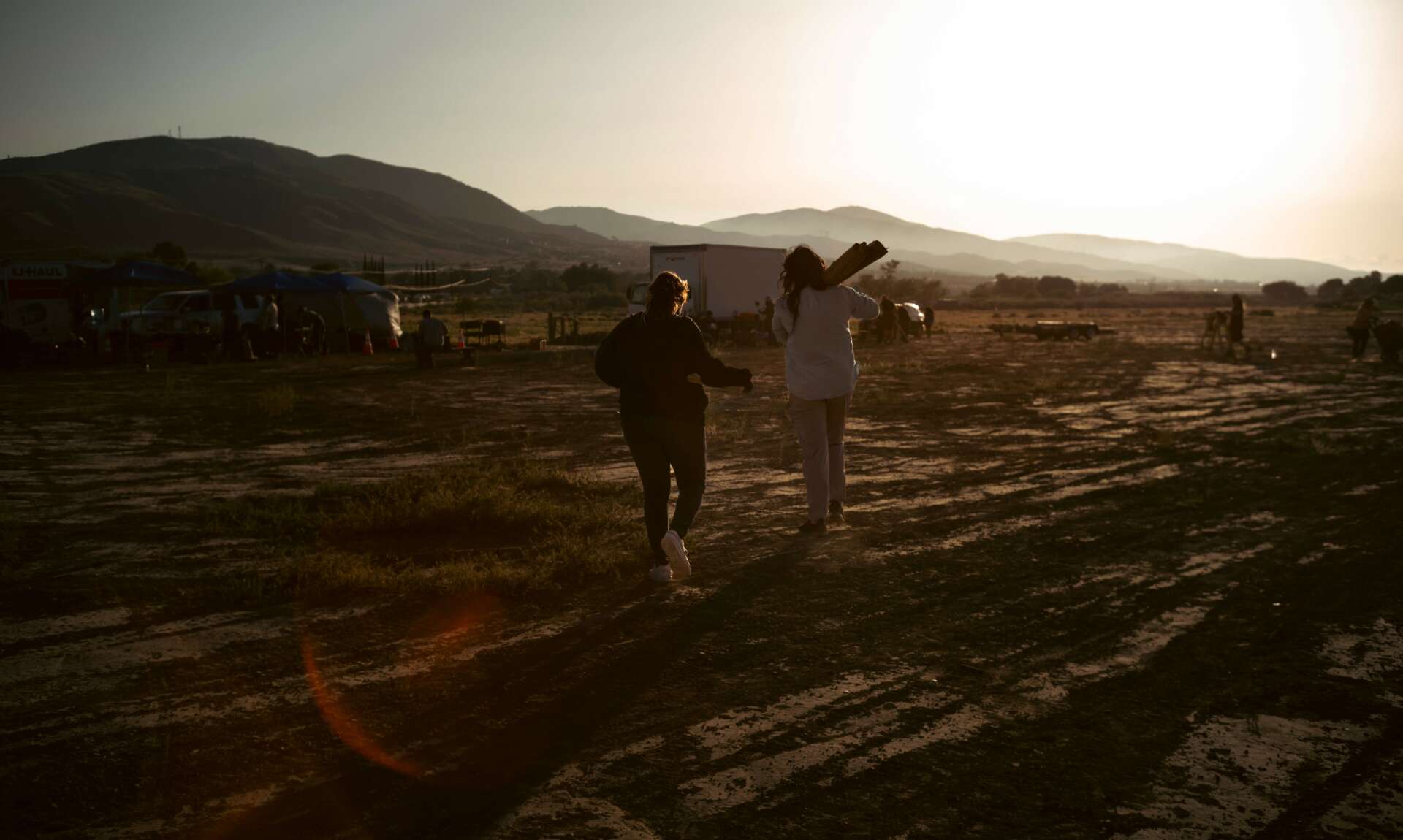
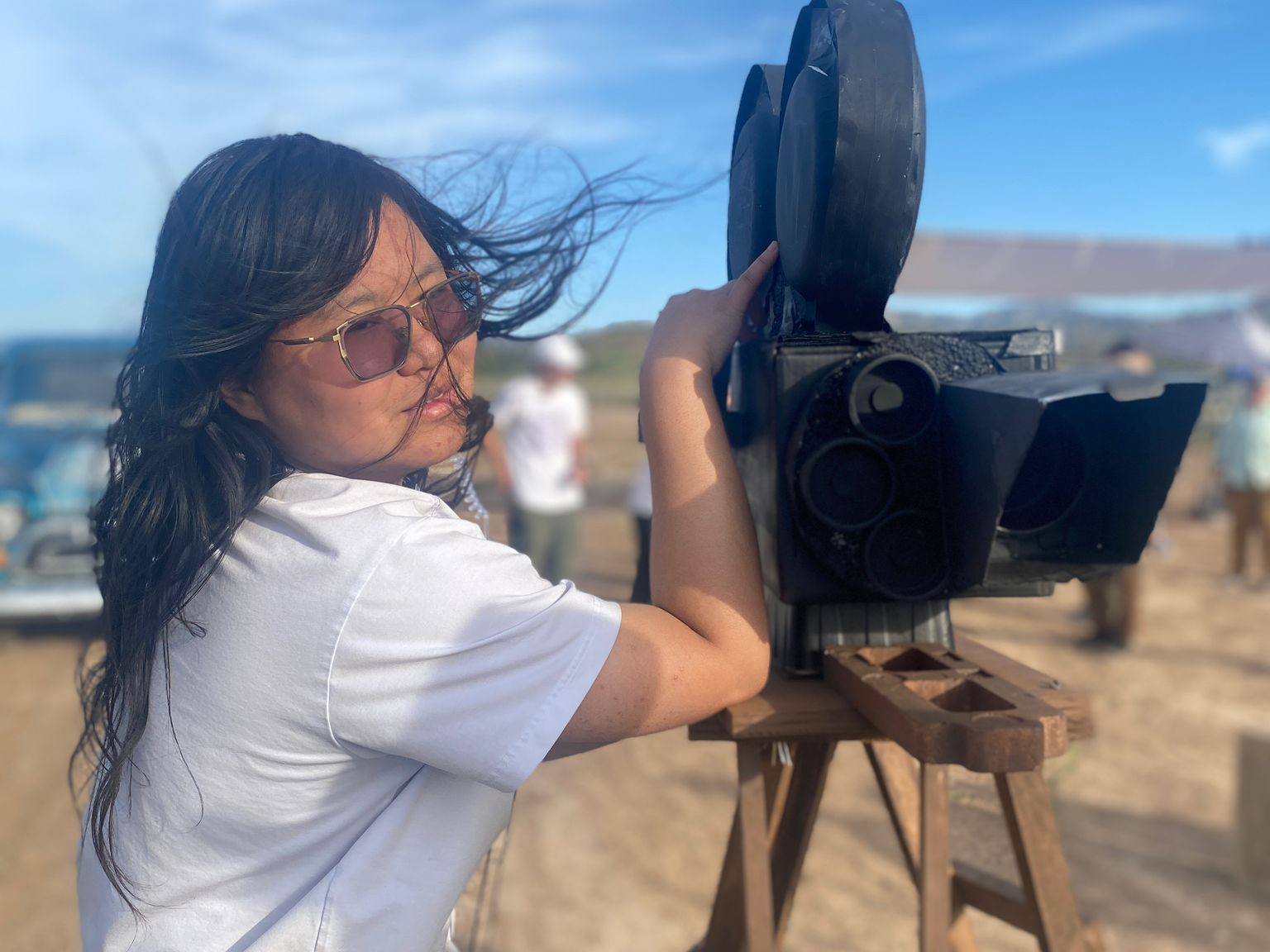

Mo, before we move on to more of these sorts of questions, can you take some time to bring our readers up to speed on you and what you do?
I usually choose the style of my illustrations based on the emotions I want to convey in the work. Before shifting my focus to film art, my favorite and most proficient area was creature design. I have a long-term knowledge of zoology, which helps me depict the plausible details of fictional creatures. Additionally, I create narrative-driven graphic novels and moving images. I am versed in both traditional media and digital painting techniques.
As a Production Designer, I focus on showcasing emotional connections and excel at revealing another side of the story through the detailed depiction of characters’ lives. Additionally, I have a background in sculpture and installation art and am skilled in using materials such as wood, fabric, and foam to create customized props for indie films.
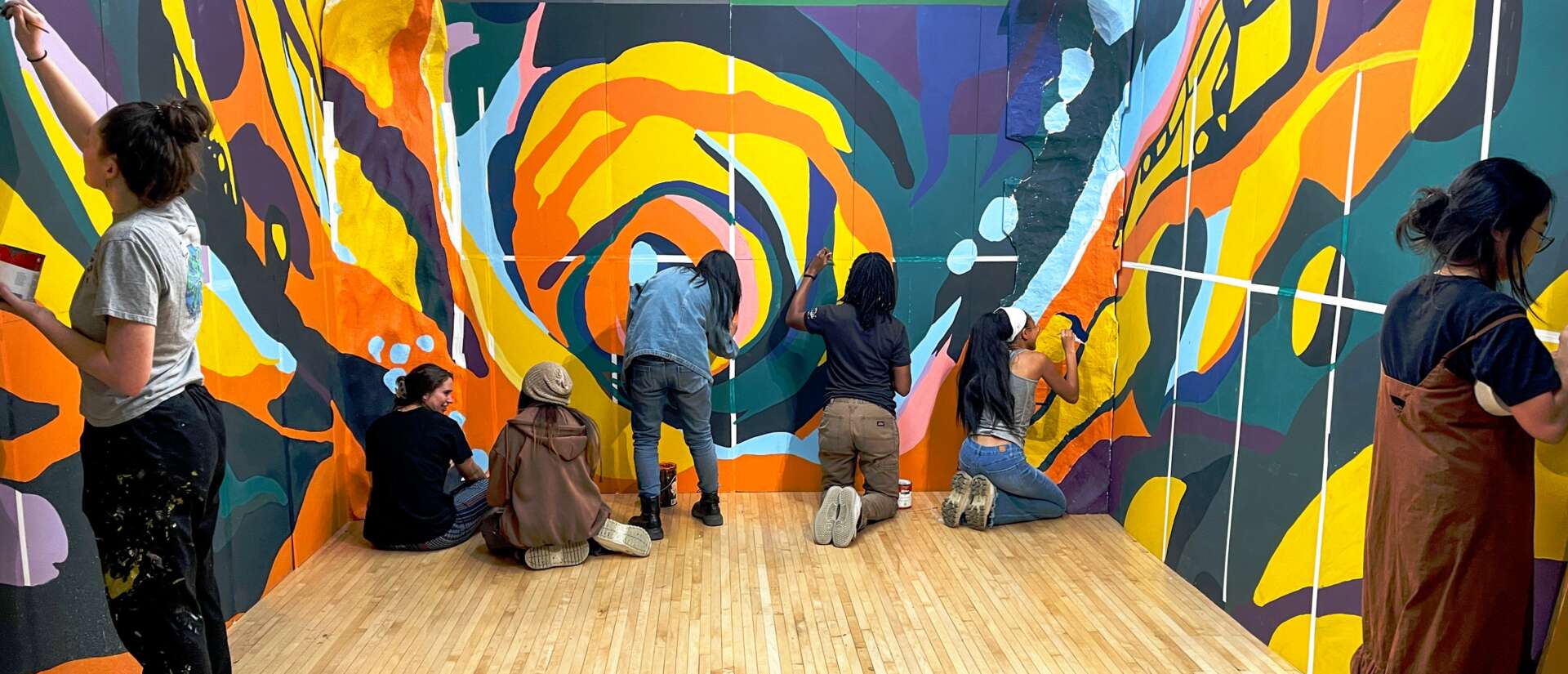
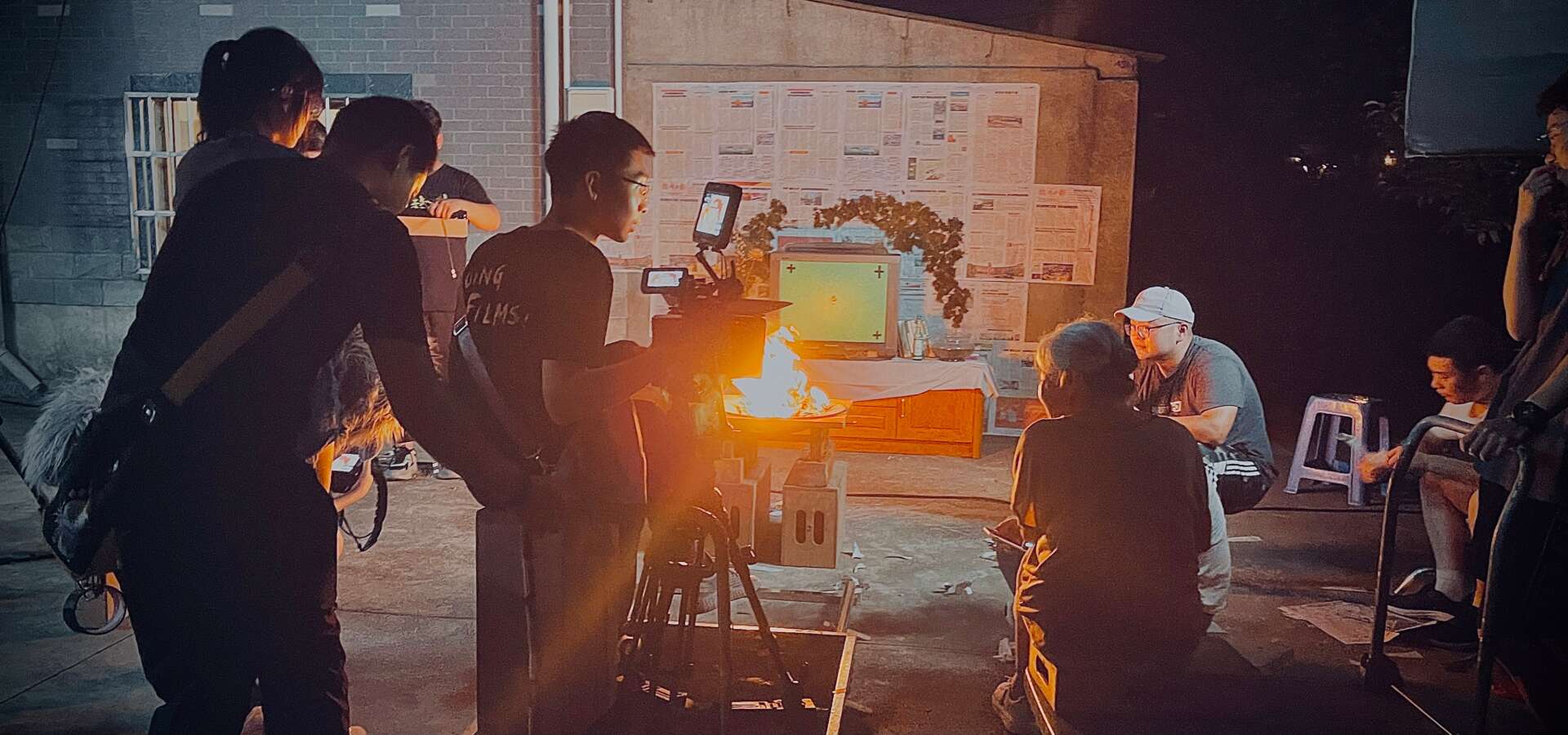
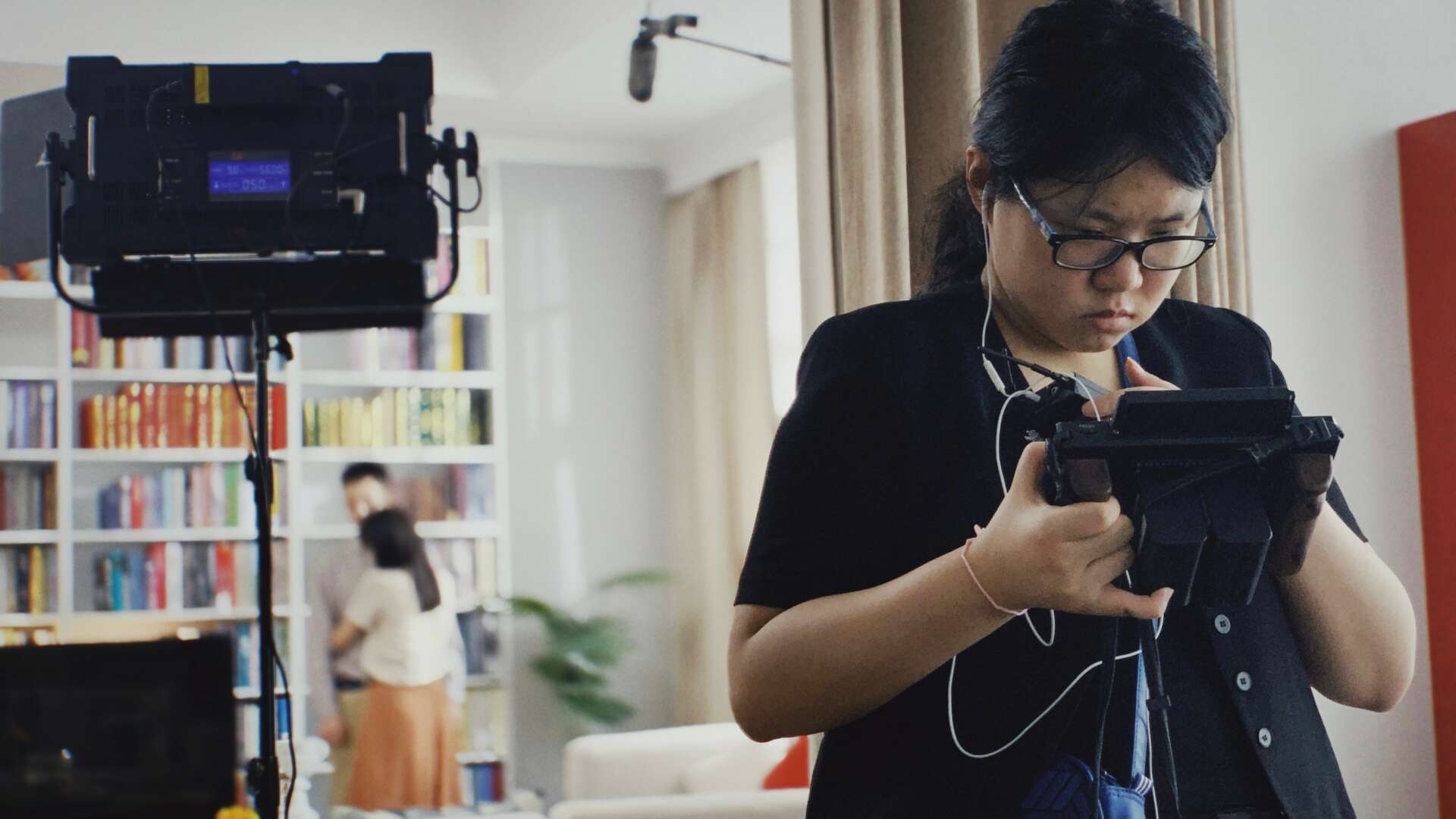
What can society do to ensure an environment that’s helpful to artists and creatives?
In the modern context, it’s imperative that social media platforms develop more equitable algorithms. Currently on most platforms, promotion and visibility are commodities that can be bought, putting independent artists at a disadvantage, especially when they are just starting out. These creators often struggle to gain the attention they deserve without significant investment.
Beyond this, there is a pressing need for legal frameworks concerning AI. AI platforms must respect the creative freedom of original creators, avoiding the use of others’ works for model training without permission. At the same time, they should ensure that artists who agree to have their work used for training models receive fair compensation. This approach will not only foster a more vibrant and diverse artistic community, but also ensure that innovation does not come at the cost of ethical considerations, or the undermining of creative professions. Establishing these principles is crucial for maintaining a fair and thriving creative ecosystem where talent is recognized and rewarded appropriately.
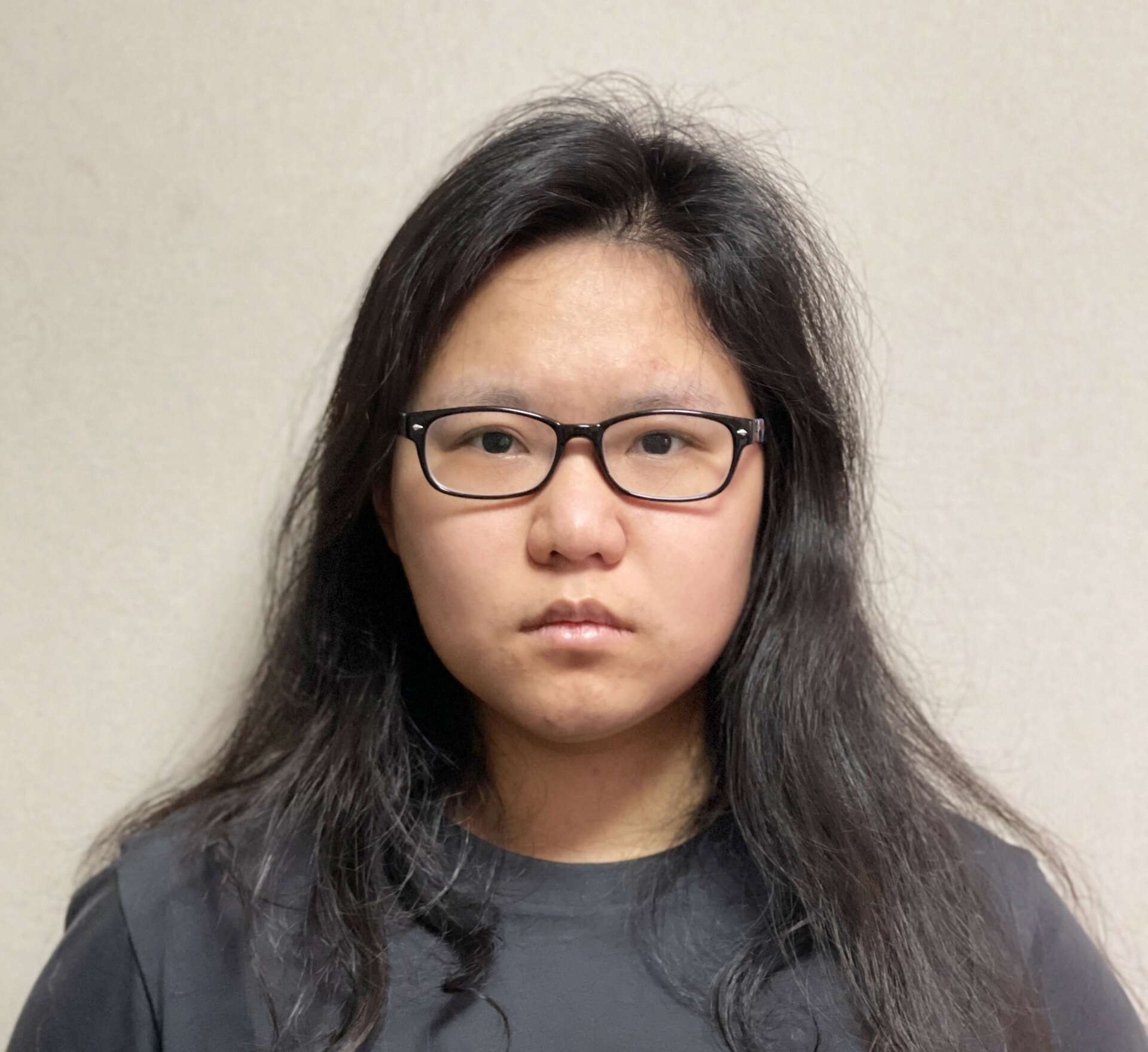
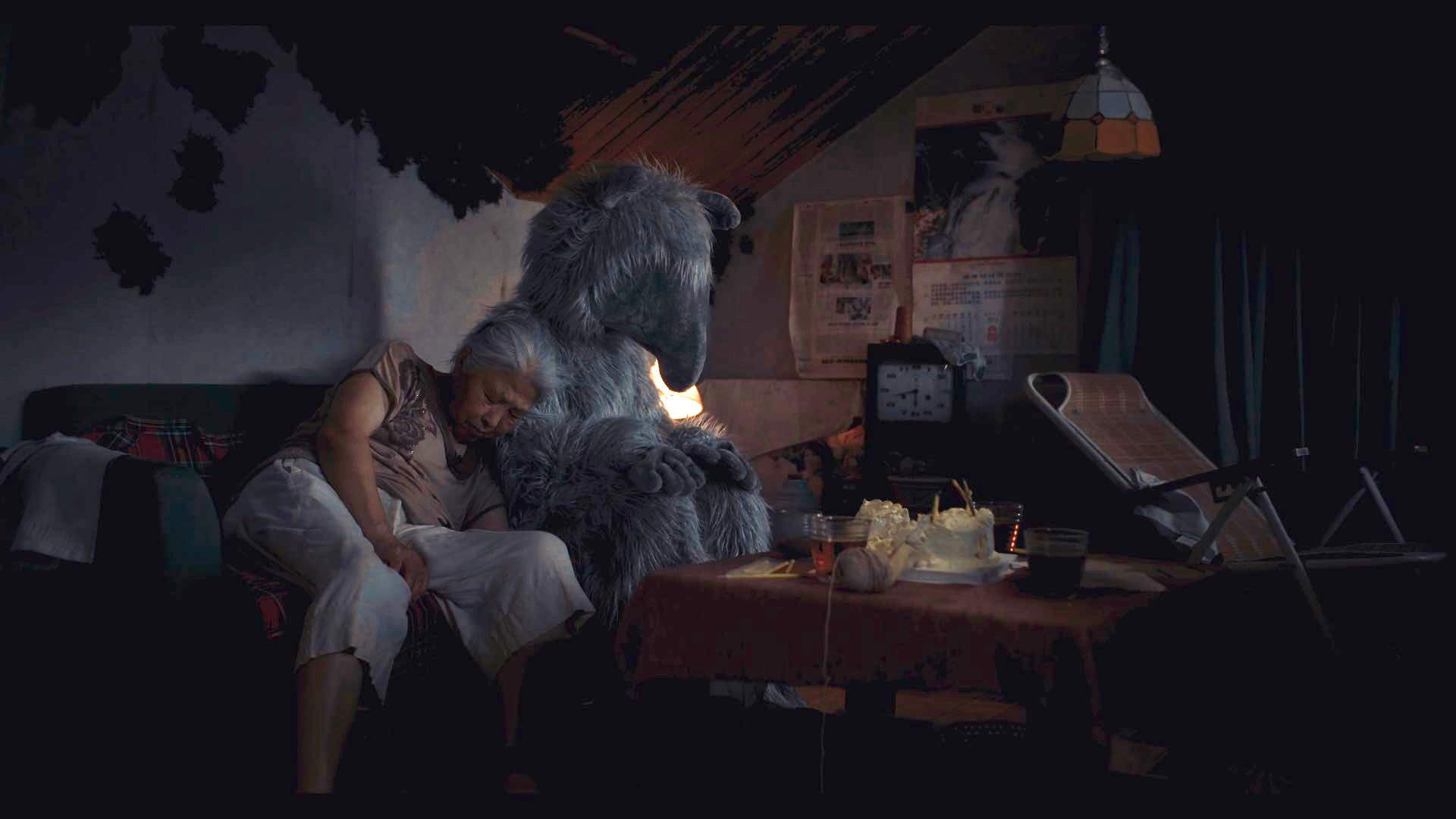
What’s a lesson you had to unlearn and what’s the backstory?
I need to unlearn the habit of seeking meaning in every aspect of life.
Growing up with traditional Asian rote education, a key to scoring high in essays was to find profound significance in every trivial matter. One of my most dreaded essay topics was “A Happy Day”—as a child, what truly made me happy often seemed trivial or even mischievous through the eyes of teachers and parents. They were neither value-creating nor nobly significant, sometimes even violating the rules.
Entering the creative arts industry, this habitual thinking has long troubled me. Fine artists might relate deeply; academia encourages delving into the meaning behind every detail. While this is commendable in research, it’s detrimental to bring into everyday life. It can lead to a lot of mental exhaustion. What’s worse, this habit can create an illusion of superiority, making you look down on those busy with their lives. It can make you feel like you’re the only one awake among a crowd, as if you have a natural right to judge everything from a higher ground. It’s crucial not to fall into this trap of arrogance.
After all, the joy in life’s simple pleasures is often ineffable. Nothing is ever meaningless. As long as we have the capacity to feel and cherish everything, the meaning of it all will naturally reveal itself.
Contact Info:
- Website: xyjiang.com
- Instagram: @mojiang2000


